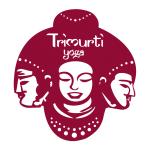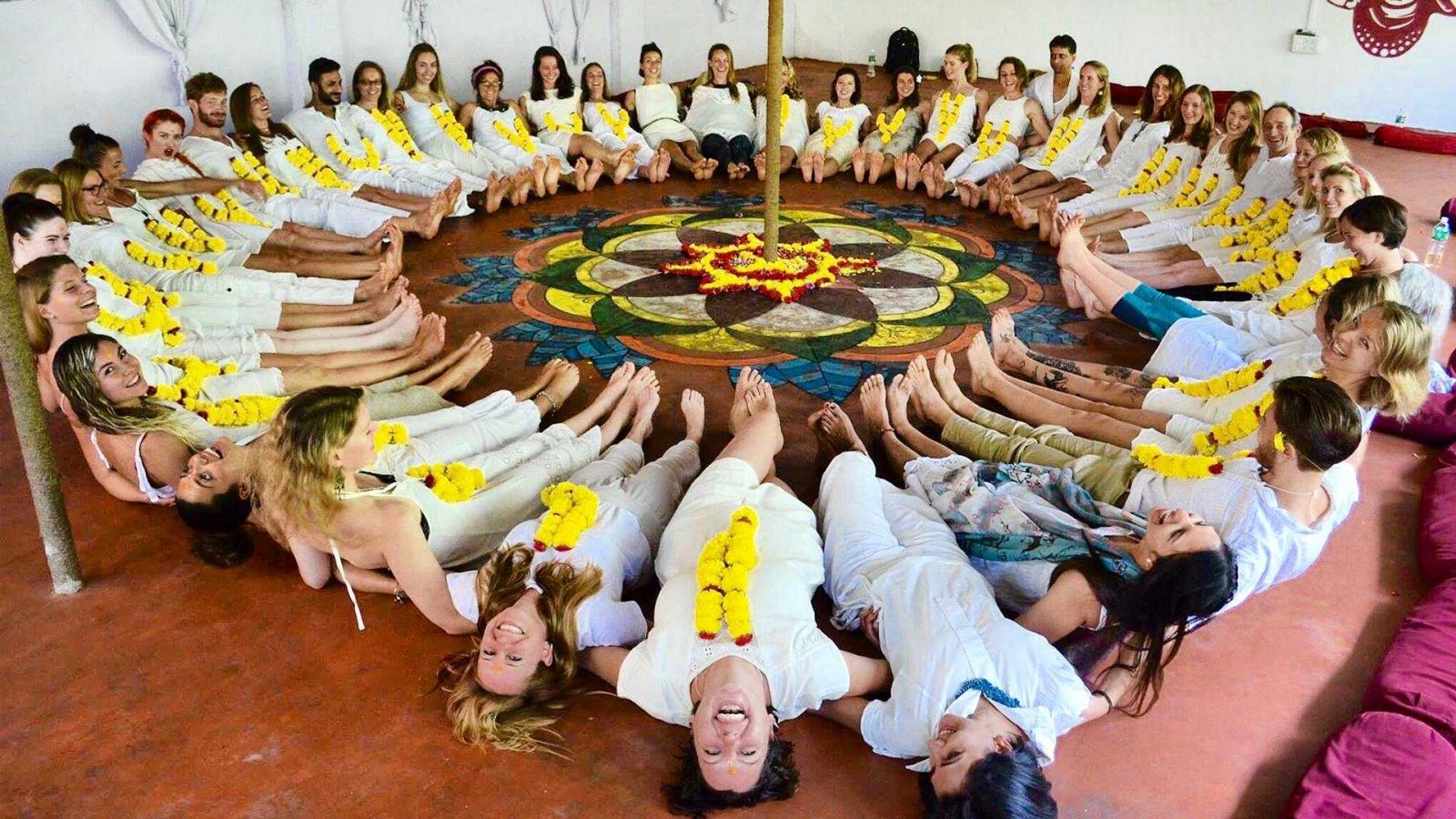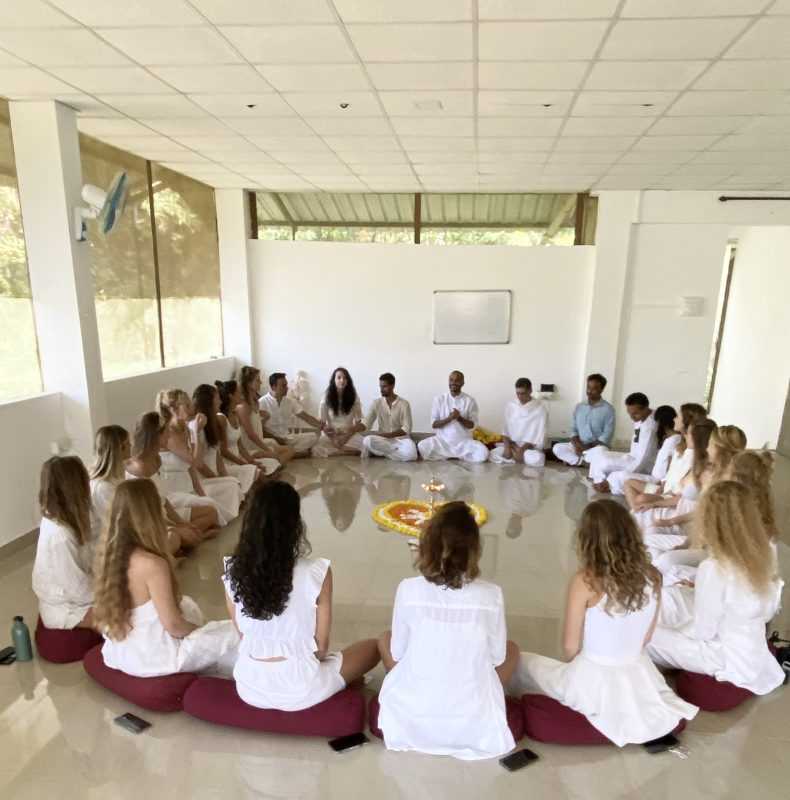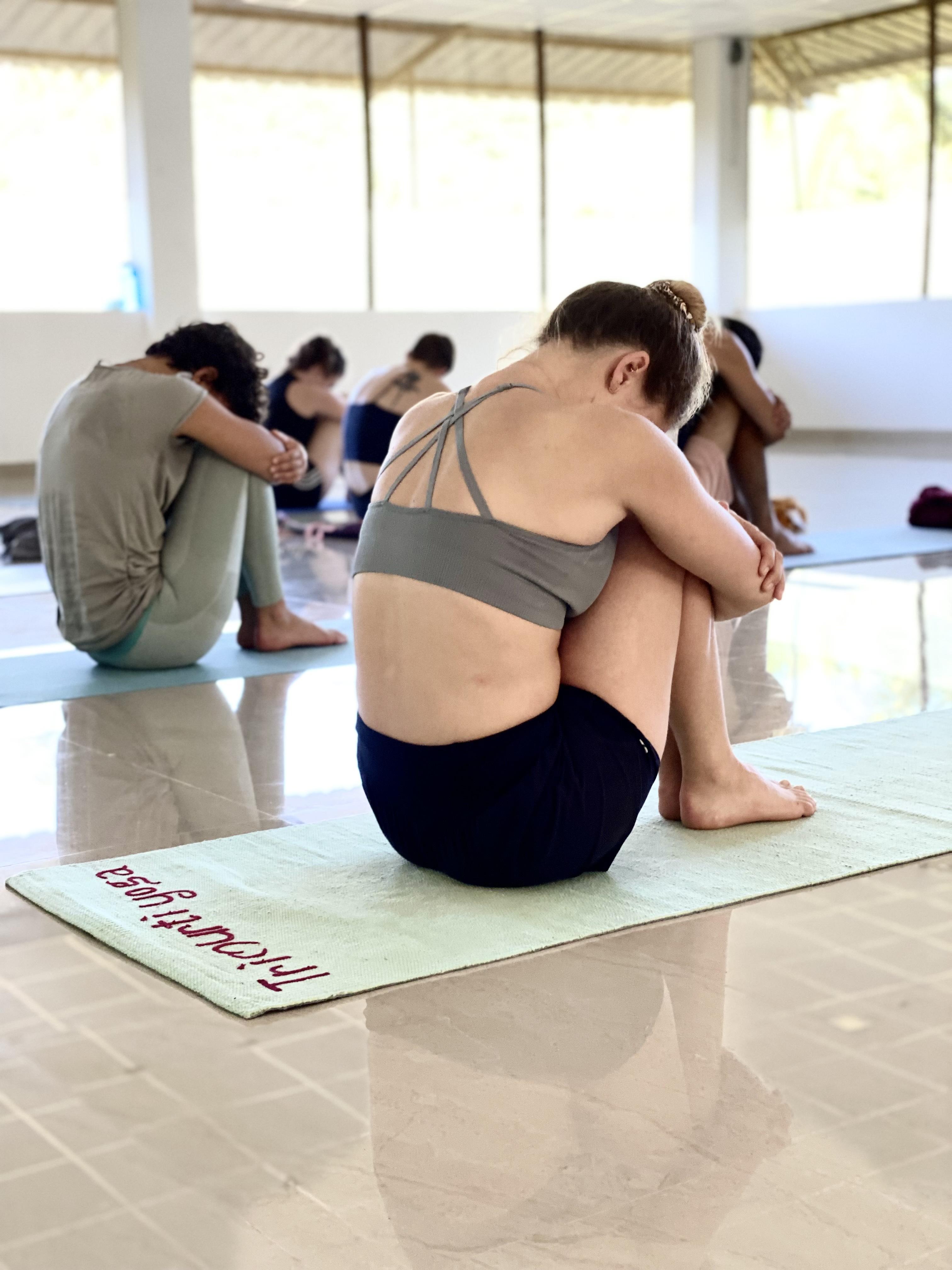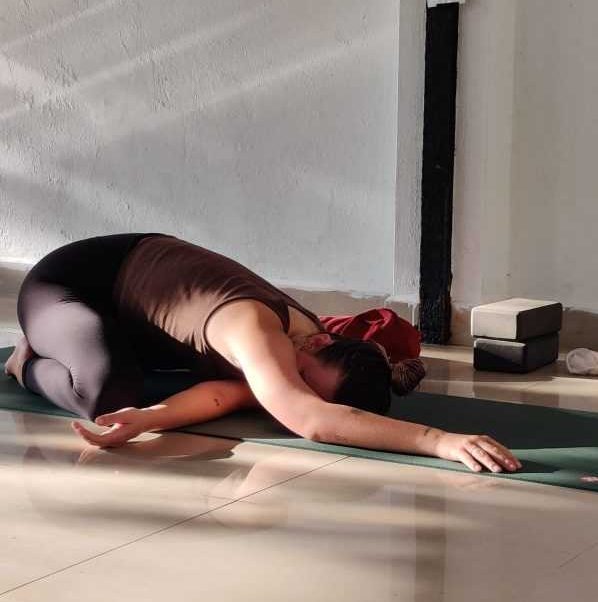Embarking on the journey to become a Yoga Teacher is a significant choice, one that demands your time and financial commitment. Amidst the sea of options in yoga certification schools and training programs, the decision-making process might feel overwhelming. It goes beyond a simple Google search for “yoga certification near me.”
In this comprehensive guide to the 200-Hour Yoga Instructor Training, we aim to equip you with the necessary insights to navigate the diverse landscape of yoga teacher training. By the end of this guide, you’ll be well-prepared to choose the right yoga teacher training certification that aligns with your aspirations, ensuring a smooth transition into the enriching path of becoming a yoga teacher.
6 Key Takeaways about Yoga Teacher Training Guide
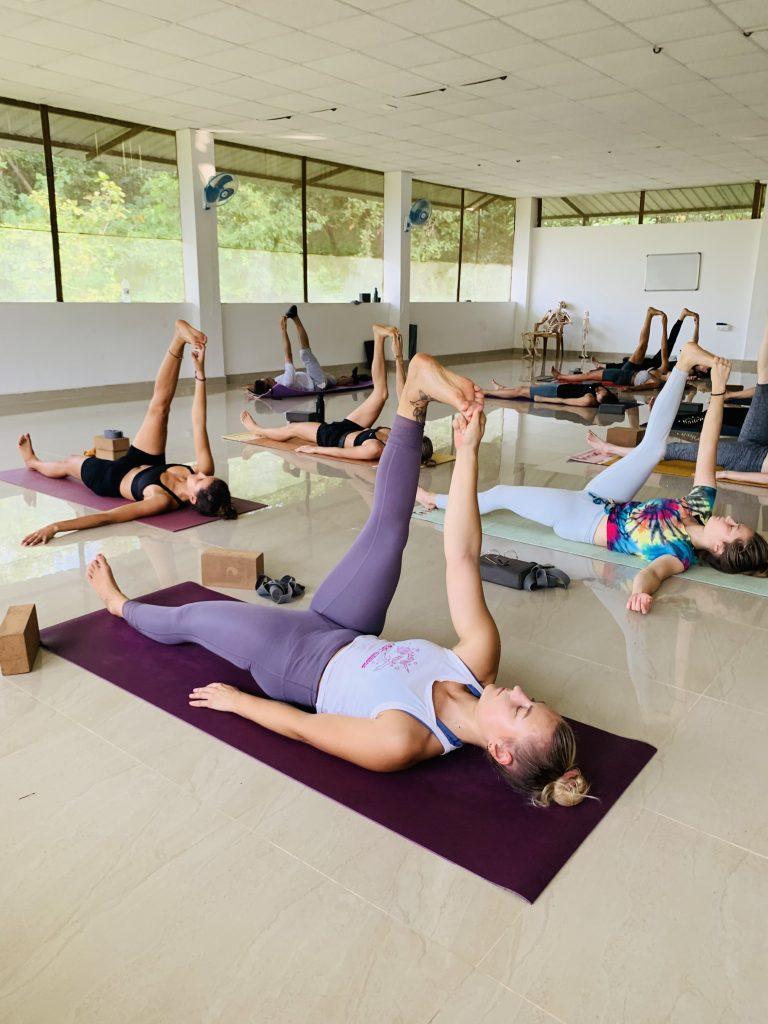
- Passion and Dedication Matter: Anyone with a genuine passion and dedication for yoga can become a yoga instructor.
- Certification Steps: To become certified, aspiring instructors should focus on developing a personal yoga practice, finding a suitable training program, completing the course, and consistently engaging in self-education.
- Quality Varies: Not all yoga certification courses offer the same quality of teaching and experiences, emphasizing the importance of thorough research.
- Research is Key: Finding the right yoga teacher training program involves diligent research and asking pertinent questions about the course content, instructors, and overall experience.
- Optimal Duration: The ideal duration for a certified yoga instructor course is typically at least 22 days, ensuring comprehensive learning and skill development.
- Decent Living and Fulfillment: Yoga instructors can make a decent living, with salaries dependent on experience and location. Many find the career fulfilling beyond financial gains, adding a sense of purpose to their lives.
Choosing a Yoga Instructor Certification Course: What You Need to Know
1- Becoming a Qualified Yoga Teacher
- Step 1 – Dive into Your Yoga Journey: Begin your path to becoming an exceptional yoga teacher by being a dedicated yoga student. Regular practice goes beyond perfecting poses; it’s about building a personal connection with yoga, understanding its essence, and laying a solid foundation.
- Step 2 – Enroll in a 200-Hour Yoga Teacher Training (YTT): Choose a program recognized by the Yoga Alliance to ensure it meets industry standards. This thorough training covers essential aspects such as yoga philosophy, anatomy, teaching methods, and hands-on practice. It’s your guide to obtaining a certified yoga teacher status.
- Step 3 – Earn Your Certification: Prepare for a final exam at the end of your training. This may involve a written test, a practical demonstration, or a combination of both. Successfully passing this step grants you the coveted yoga teacher certification.
- Step 4 – Join the Yoga Alliance: While not obligatory, registering with the Yoga Alliance as a Registered Yoga Teacher (RYT) boosts your credibility. Many employers prefer hiring RYTs, making this step valuable in your yoga teaching journey.
- Step 5 – Seek Teaching Opportunities: Armed with certification, explore teaching positions at yoga studios, fitness centers, communities, or even venture into online classes. It’s time to share your passion for yoga and inspire others on their wellness journey.
- Step 6 – Pursue Advanced Training: As you accumulate experience, consider advancing your skills with a 300-hour or 500-hour certification. This enhances your expertise, deepens your understanding, and broadens your teaching capabilities.
In essence, being an outstanding yoga teacher goes beyond holding a certification. It involves a commitment to continuous learning and a genuine passion for guiding your students towards growth in their yoga practice. Start your journey, and let your love for yoga shine through in your teaching.
2- Time Requirement Before Training
Contrary to common belief, you don’t have to be a seasoned yogi before diving into a yoga teacher training. The crucial factor is your commitment to deepening your understanding of yoga, including its philosophy and history. However, a certain level of fitness and stamina is necessary since yoga certification courses are intensive, involving several hours of practice daily.
“In simpler terms, it’s generally advisable to have about six months of consistent yoga practice before venturing into a yoga teacher training. This not only ensures you’re physically prepared but also allows you to grasp the basics. Additionally, trying out the specific yoga style you plan to train in (like Ashtanga-Vinyasa or Hatha) before starting the course is a good idea.”
Remember, it’s not about being a yoga expert from the start, but about your commitment to learning and growing on your yoga journey.
3- Requirements for Yoga Teacher Training
Before diving into a yoga teacher training program, there are a few things to check off to ensure you’re ready for the immersive learning ahead. Start with a consistent personal yoga practice, ideally for about 6 months to a year. This helps you grasp basic postures and build a connection with yoga. Some schools might ask for a minimum number of practice hours too. Beyond physical readiness, having a genuine interest in delving into yoga philosophy, anatomy, and teaching methods is crucial.
For specific programs, you might need to go through an application process. This could involve sharing your yoga background, reasons for wanting to teach, and relevant health information. It’s all part of getting you set for a rewarding yoga teaching journey.
“Some yoga teacher training schools may ask participants to be at least 18 years old and could have certain health or fitness standards. It’s a good practice to look into the specific requirements of the yoga training program you’re eyeing, as these criteria may differ. Checking these details ensures you meet the necessary qualifications and can fully participate in the training. Always wise to double-check and make sure you’re all set for the journey ahead!”
4- Age Limit Concerns
Age should never be a barrier when considering a yoga teacher training. There’s no age limit, and you’re never too old to embark on this transformative journey. As long as you’re physically fit for a yoga certification course, age shouldn’t hold you back. It’s perfectly acceptable to switch careers or explore new paths, and sometimes, your age might even be an asset. Many yoga students appreciate a mature teacher.
Similarly, if you’re concerned about being too young, worry not. As long as you possess a certain level of emotional maturity or are open to developing it, starting a yoga training at a young age provides you with ample time to hone your skills over the years. Age is just a number, and yoga welcomes practitioners of all ages and stages in life.
5- Overcoming Nervousness and Shyness
Feeling nervous about teaching your first yoga class is totally normal – don’t worry, you’re not alone! Public speaking is a common fear for many, and most people in a yoga teacher training program haven’t taught before. The training is designed to boost your confidence and equip you with the skills to teach yoga. A quality yoga certification course achieves this through ample teaching practice and engaging group activities with your fellow students.
Important Point: “Just like public speaking, teaching yoga improves with practice. So, the sooner you start, the better you’ll become at it! Embrace the learning process, lean on the support of your training program, and remember that every teacher started somewhere. You’ve got this!”
6- Feeling Not Good Enough
Feeling like you’re not good enough is a common worry when starting a yoga education program. People often fear their own practice isn’t up to par – maybe not flexible or strong enough, unable to do those fancy yoga poses like arm balances or handstands.
It’s important to remember that yoga isn’t just about flashy poses. In the age of “Insta yogis” who might seem like contortionists or gymnasts, the essence of yoga goes beyond physical feats. It’s a profound and spiritual journey of self-awareness and self-development. So, don’t be too hard on yourself. Embrace where you are in your practice, and know that yoga is a personal journey, not a competition. You’re on the right path!
7- Not Planning to Teach After Certification
It’s quite common for folks entering a yoga teacher training program not to have immediate plans to teach yoga afterward. Many join with the main goal of delving deeper into yoga and enriching their personal practice. Even if teaching isn’t on your radar, you’ll still gain valuable insights and experiences from the yoga certification course.
Superior Note: Although some start without the intention to teach initially, quite a few find themselves inspired to share their yoga practice by the end of the course! Whether you choose to teach or not, this journey can open doors for you in the future. So, embrace the learning, and let the possibilities unfold naturally.
8- Inclusion of Men in Training
Absolutely! While it may seem like most yoga practitioners are women these days, it really depends on the community you’re in. Interestingly, historically, the most well-known yoga teachers in India were men.
Nowadays, there are several influential male yoga teachers with significant social media followings. As a man interested in yoga, you could find your own niche in encouraging more men to practice. Yoga is for everyone, regardless of gender, and your unique perspective could inspire and resonate with others. So, don’t hesitate to dive into yoga teacher training – you’ll likely find a welcoming and inclusive community where everyone is embraced on their yoga journey.
9- Duration of Training
The time it takes to become a yoga teacher can vary based on the training structure – whether it’s part-time or intensive. A typical weekend Yoga Teacher Training program usually spans 3 to 6 months.
For those considering an intensive yoga course, the usual duration is 22-26 days. However, it doesn’t end there; continuous practice is key. Always remember, yoga is a journey, not just a destination!
Special Note: Be cautious about intensive yoga teacher training courses that last less than 21 days; it might signal lower teaching quality and a tightly packed schedule. The ideal duration for a yoga course is generally considered to be 23-26 days.
10- Required Certification for Teaching
If teaching yoga is on your mind, kickstart your journey with a 200-hour Yoga Teacher Training (YTT) program certified by the Yoga Alliance. This certification is the industry standard, providing a strong foundation in yoga philosophy, poses, and teaching techniques.
For those wanting a deeper dive, there’s the option of pursuing a 300-hour or even a 100-hour certification, though the choice is yours. Once you’ve earned your certificate, the next step is registering with the Yoga Alliance as a Registered Yoga Teacher (RYT). And here’s a key reminder – the best teachers are continuous learners, so keep exploring and growing even after you’ve received your yoga certificate!
11- Teaching Immediately After Training
When you graduate from a respected registered Yoga school, you’ll be all set to start teaching right away after completing your yoga certification training. While it’s not mandatory, you can choose to register with the Yoga Alliance directory after your teacher training for Yoga.
Noteworthy Point: “To become a yoga trainer and lead teacher training for Yoga, having Yoga Alliance (YA) certification is necessary. This involves a yearly membership fee, and it’s crucial to keep up with ongoing yoga education to maintain your status as a certified yoga teacher. So, as you embark on your teaching journey, staying connected with the Yoga Alliance ensures you continue to grow and thrive in your yoga practice.”
12- Typical Day in Certification Course
Here’s a glimpse into a typical day during a certification course:
- 07:30 – 10:30: Engage in morning study, involving meditation, pranayama, and asana practice.
- 10:30 – 12:30: Take a break for brunch, allowing time for relaxation and nourishment.
- 12:30 – 14:30: Attend a lecture covering various aspects like philosophy, anatomy, and group discussions.
- 14:30 – 15:00: Enjoy a tea break, a moment to recharge and refresh.
- 15:00 – 17:00: Participate in an asana clinic, delving into the elements of teaching through group work.
- 17:00 – 18:00: Conclude the day with a yoga practice, either a led class or Mysore practice.
13- Best Location for Training
You’ll find yoga teacher training in nearly every country these days!
For a tropical paradise, stunning landscapes, and an unforgettable experience, we highly recommend considering a yoga teacher training in Bali.
Crucial Note: No matter where you decide to go, it’s essential to research the registered yoga school and feel confident about the quality of teaching they offer. If you’ve already chosen your destination, we’ve got recommendations for the best yoga courses in many top yoga hotspots. Ensure you make the most informed decision for a fulfilling and enriching training experience.
14- Choosing a Yoga Style
When choosing a yoga style for your 200 hour yoga teacher training, you’ll likely encounter Hatha, Vinyasa, or Multi-style options.
- Hatha Yoga: This is like the general ‘flow’ yoga commonly found in Western studios. It’s slower-paced than Vinyasa, with poses held for several breaths.
- Vinyasa Yoga: A popular and flowy style often accompanied by music. Classes move smoothly from one posture to another without long pose holds. It emphasizes combining breath and movement in a meditative yet usually brisk routine.
- Ashtanga-Vinyasa Yoga: Rooted in a 5,000-year-old philosophy, it’s a physical practice developed in Mysore, India. Poses are performed in a specific sequence, connecting breath with movement. It’s excellent for building strength, flexibility, and focus.
Choosing a style boils down to your preference – whether you like a slower pace (Hatha), a flow with music (Vinyasa), or a structured, sequential practice (Ashtanga-Vinyasa). Each style offers unique benefits, so go for what resonates with you and aligns with your yoga journey.
15- Pregnancy and Yoga Teacher Training:
If you’re pregnant, it’s generally not recommended to enroll in a yoga certification training unless you’re an advanced and experienced yoga practitioner, particularly in the first trimester. It’s crucial to prioritize your health and well-being during this special time. If you have any concerns or considerations, it’s always a good idea to consult with a healthcare professional before making decisions about yoga training or any physical activities during pregnancy. Your safety and the well-being of your baby should be the top priority.
